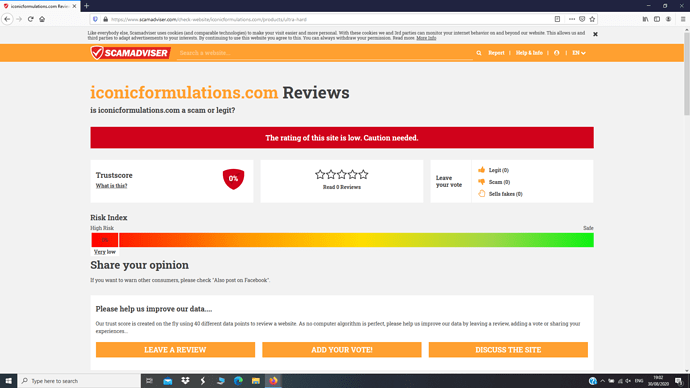First off, take any information in this thread with a grain of salt.
The backbone of CDNuts protocol that “some” PFSers seem to improve from is cycling “AndroHard”, multiple cycles for 6-8 weeks. AndroHard is tough to get these days but a new, “better” alternative is available and its called UltraHard.
Basically, its androsterone. Androsterone will increase DHT, increase allopregnenolone, and decrease e2.
I was reading the following website https://men-elite.com/2020/02/14/post-finasteride-syndrome/ which led me to look for an androsterone product that was “legal” which led me to UltraHard. I then saw a few guys at CDnuts website were testing it as an AndroHard replacement, and it seems they have had great success (I never fully believe anything posted there though).
Anyways, its seems to be consistent with the high dose Proviron trials being ran, but the added benefit being that
- Its legal
- it also modulates allopreg/GABAa, so it seems to have more positive effect than Proviron
You can use the code DELSOL for 25% off the product. The company owner sent me that when I PMed him for a code. In no way do I get a referal bonus or anything like that, just sharing a code he sent me.
I am considering trialing it. But because its a transdermal, I probably won’'t for a while. I have an 8 month old and transdermals are nono with little kids around.
“Androsterone [(3α,5α)-3-hydroxyandrostan-17-one; 5α,3α-A] and its 5β-epimer etiocholanolone [(3α,5β)-3-hydroxyandrostan-17-one; 5β,3α-A)], the major excreted metabolites of testosterone, are neurosteroid positive modulators of GABAA receptors. Such neurosteroids typically show enantioselectivity in which the natural form is more potent than the corresponding unnatural enantiomer. For 5α,3α-A and 5β,3α-A, the unnatural enantiomers are more potent at GABAA receptors than the natural forms.”
Certain endogenous steroid hormone metabolites are positive allosteric modulators of GABAA receptors at low concentrations and directly gate these receptors at higher concentrations (Lambert et al., 2009). As is the case for other agents that enhance inhibitory GABAergic function, such neurosteroids protect against seizures in diverse animal models, and there is emerging evidence that agents of this type are effective in the treatment of seizures and epilepsy in humans (Reddy and Rogawski, 2012; Bialer et al., 2013). The anticonvulsant potency of such steroids is closely correlated with their activity at GABAA receptors (Morrow et al., 1990; Kokate et al., 1994). Although the pregnanes allopregnanolone [(3α,5α)-3-hydroxypregnan-20-one)] and tetrahydrodeoxycorticosterone [(3α,5α)-3,21-dihydroxypregnan-20-one)] were the first endogenous GABAA receptor modulatory neurosteroids to be identified (Paul and Purdy, 1992), it is now recognized that a number of structurally related endogenous steroids have similar actions on GABAA receptors . In particular, the 17-ketosteroid androsterone (5α,3α-A; Fig. 1) potentiatates GABAA receptor responses albeit more weakly than allopregnanolone (Turner et al., 1989; Hawkinson et al., 1994; Anderson et al., 2000), and we demonstrated that it, as well as its 5β-epimer etiocholanolone (5β,3α-A), exhibit anticonvulsant activity in animal seizure models (Kaminski et al., 2005). Anticonvulsant Potencies of the Enantiomers of the Neurosteroids Androsterone and Etiocholanolone Exceed those of the Natural Forms

